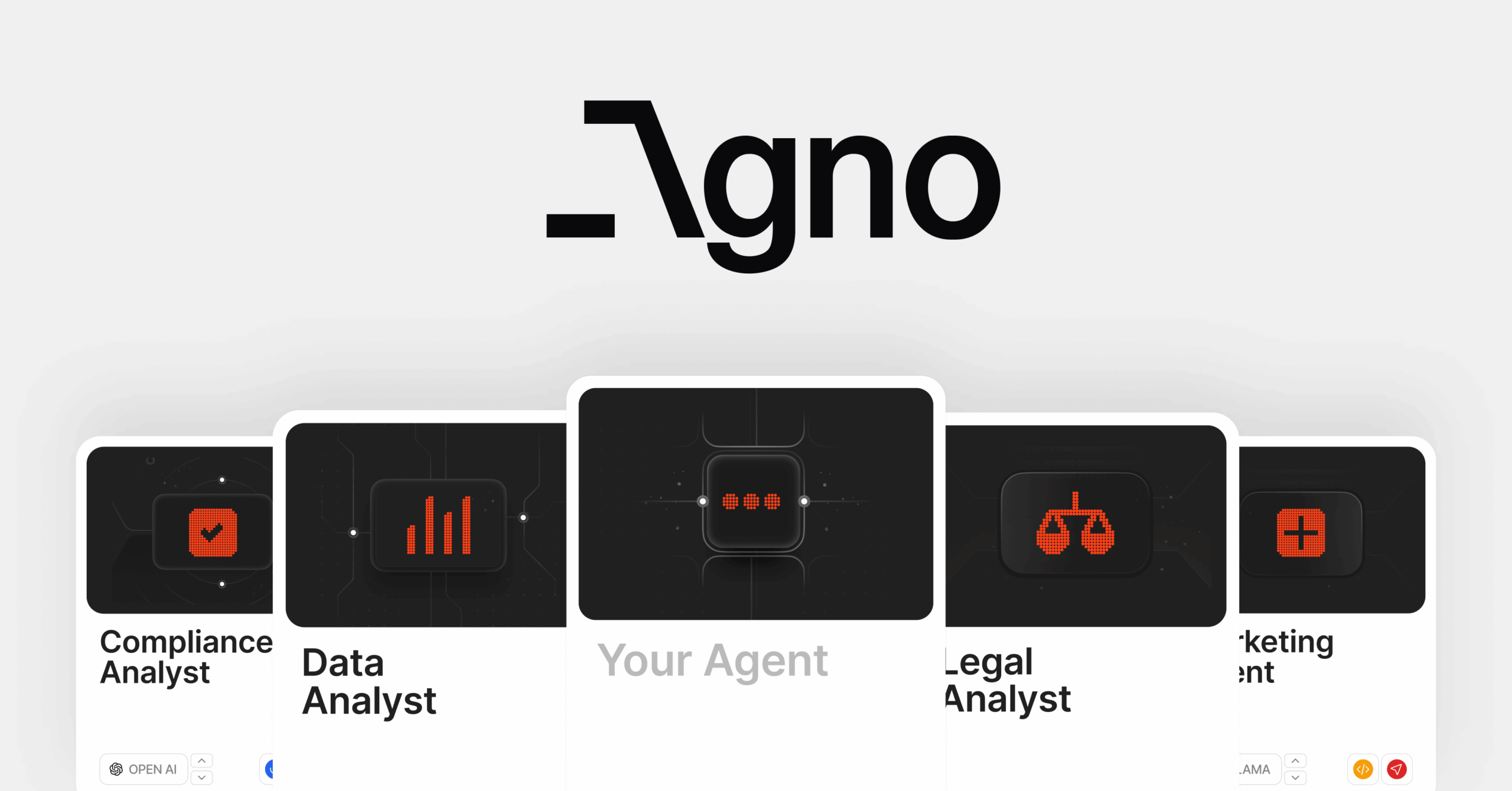Table of Contents
Overview
In the rapidly evolving world of AI, building intelligent agents that can understand and interact with the world around them is becoming increasingly crucial. Agno emerges as a powerful contender in this space. It’s an open-source, lightweight Python library designed for crafting fast, model-agnostic multimodal AI agents. These agents are equipped with memory, knowledge integration, and the ability to utilize various tools, making Agno a versatile option for developers looking to create sophisticated AI solutions. Let’s dive into what makes Agno stand out.
Key Features
Agno boasts a range of features that make it a compelling choice for building AI agents:
- Model-agnostic agent framework: Agno allows you to choose the best model for your specific task, offering flexibility and control over your AI agent’s performance.
- Support for text, image, audio, and video modalities: This comprehensive multimodal support enables agents to understand and process information from various sources, leading to more nuanced and effective interactions.
- Built-in memory and knowledge integration: Agno’s memory capabilities allow agents to retain and utilize past experiences, while knowledge integration enables them to leverage external information sources for enhanced decision-making.
- Tool usage capabilities: Agents can be equipped with tools to perform specific tasks, such as searching the web, running calculations, or interacting with other applications.
- High performance and low resource consumption: Agno is designed to be lightweight and efficient, making it suitable for deployment on resource-constrained devices.
How It Works
Creating AI agents with Agno involves integrating various components to achieve desired functionality. Developers start by defining the agent’s core behavior and then integrate tools, memory modules, and knowledge bases. The agent processes incoming data from multiple modalities (text, image, audio, video), leveraging its memory and knowledge to understand the context and determine the appropriate action. Finally, the agent executes the chosen action, potentially utilizing integrated tools to complete the task autonomously. The modular design allows for customization and experimentation, enabling developers to tailor agents to specific needs.
Use Cases
Agno’s versatility makes it suitable for a wide range of applications:
- Building AI assistants: Create personalized assistants that can understand and respond to user requests across multiple modalities.
- Automating research tasks: Develop agents that can automatically gather information, analyze data, and generate reports.
- Developing customer support bots: Build intelligent chatbots that can handle customer inquiries, resolve issues, and provide personalized support.
- Creating educational tools: Design interactive learning experiences that adapt to individual student needs and learning styles.
- Implementing multimodal data processing systems: Develop systems that can analyze and process data from various sources, such as images, videos, and text documents.
Pros & Cons
Like any tool, Agno has its strengths and weaknesses. Understanding these will help you determine if it’s the right choice for your project.
Advantages
- High performance: Agno is designed for speed and efficiency, making it suitable for real-time applications.
- Flexibility with model choices: The model-agnostic design allows you to choose the best model for your specific task.
- Comprehensive multimodal support: Agno supports text, image, audio, and video modalities, enabling agents to interact with the world in a more natural way.
Disadvantages
- Requires programming knowledge: Agno is a Python library, so familiarity with programming is essential.
- May have a learning curve for beginners: While Agno is designed to be user-friendly, beginners may need to invest time in learning the framework.
How Does It Compare?
When considering AI agent frameworks, it’s important to understand how Agno stacks up against the competition. LangChain, for example, offers extensive integrations but can be heavier and more complex than Agno. Haystack, on the other hand, is primarily focused on document retrieval and may be less flexible in terms of overall agent design. Agno strikes a balance between flexibility and performance, making it a compelling option for developers who need a lightweight and efficient solution.
Final Thoughts
Agno presents a promising approach to building multimodal AI agents. Its open-source nature, combined with its focus on performance and flexibility, makes it a valuable tool for developers looking to create sophisticated AI solutions. While it requires programming knowledge and may have a learning curve for beginners, the potential benefits of Agno make it worth considering for a wide range of applications.
